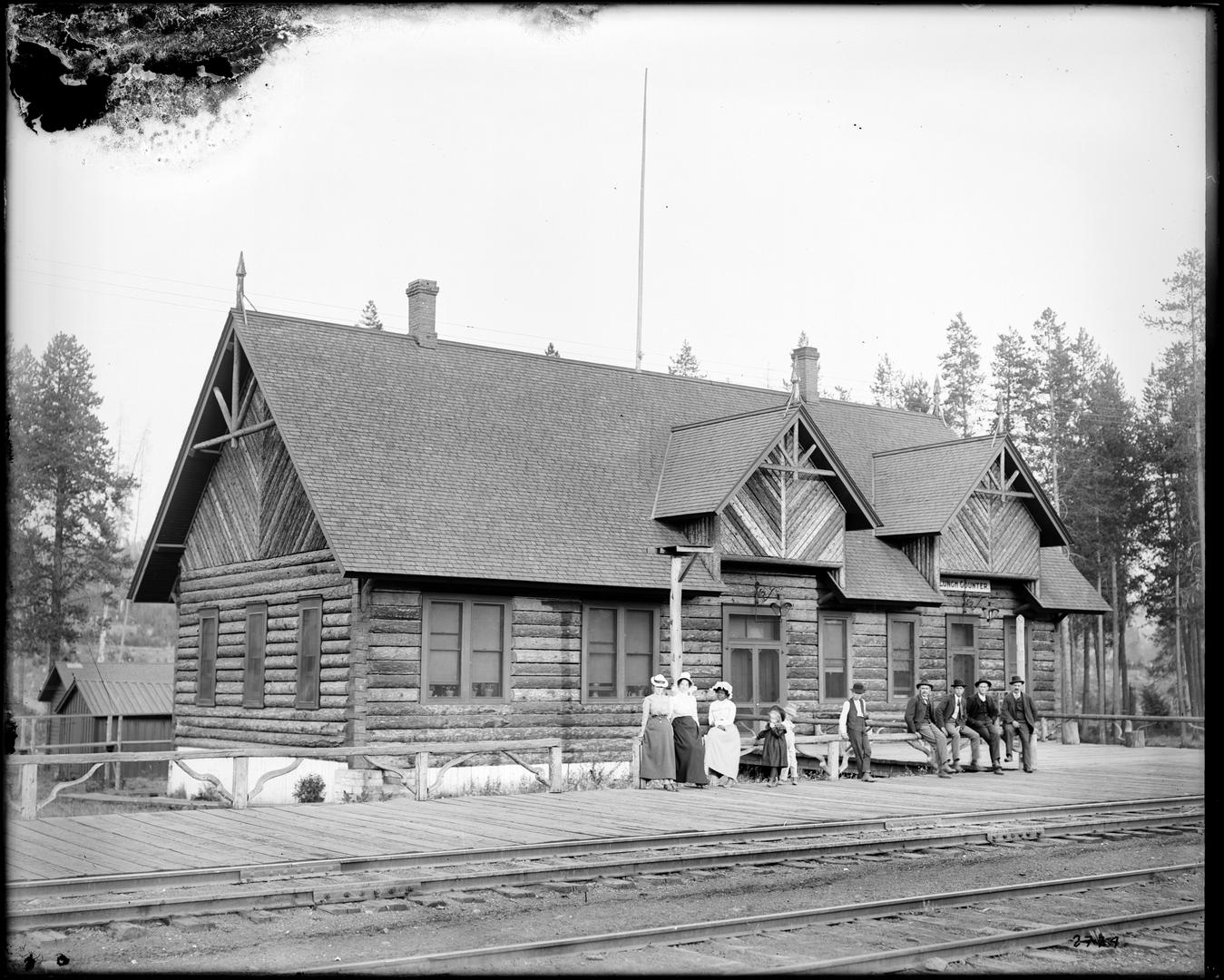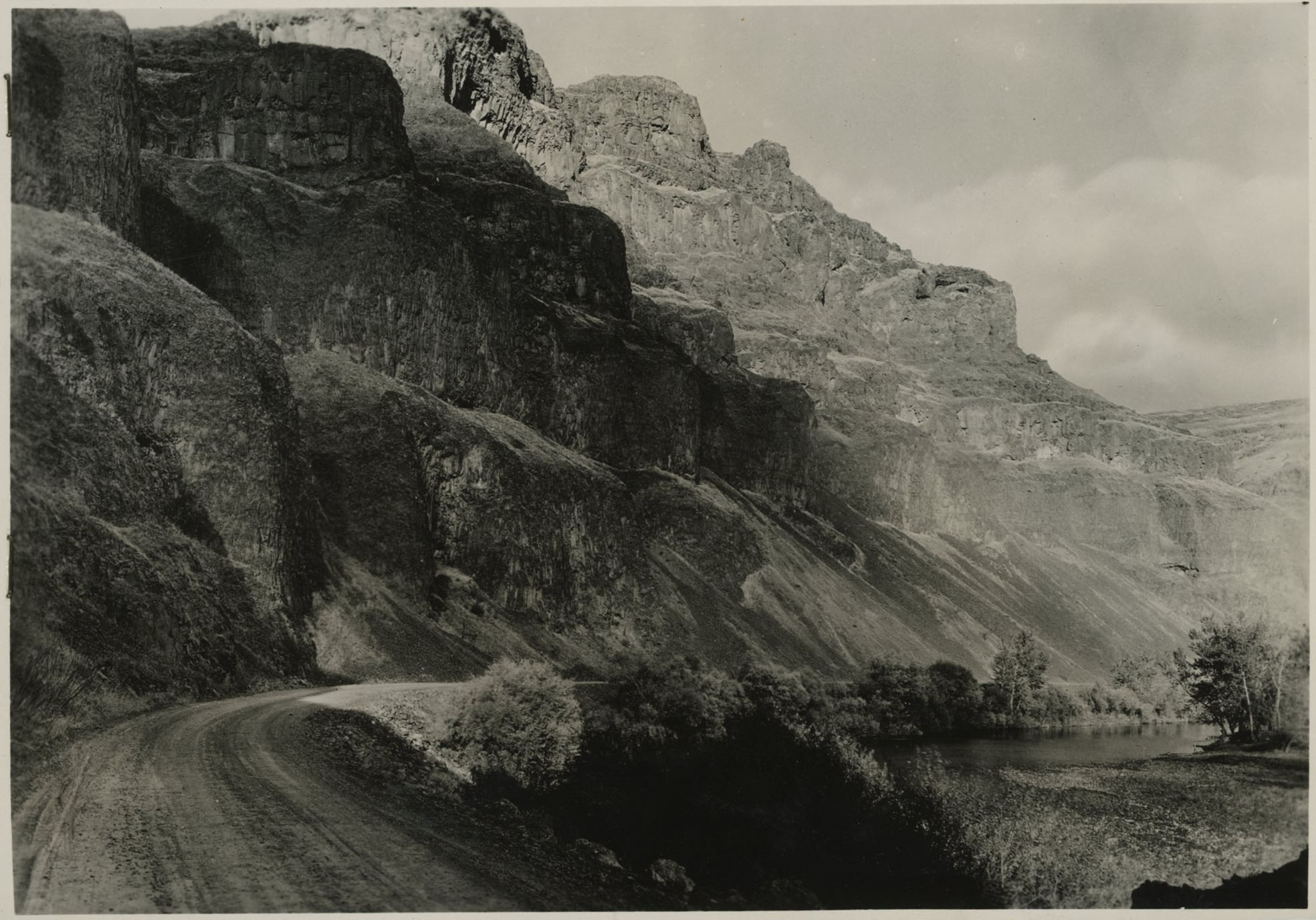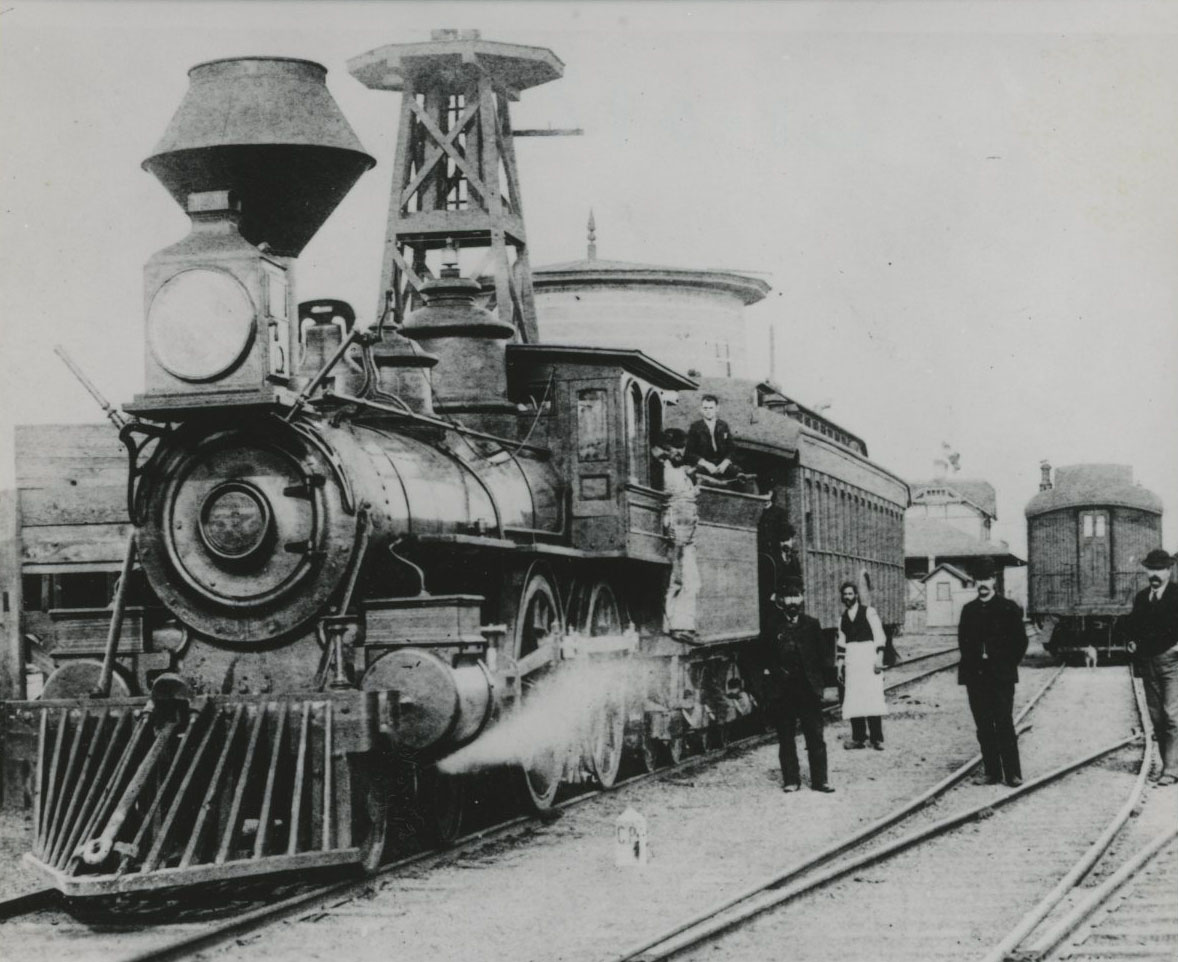Katherine Sara Sterrett Munra, known widely as "Grandma Munra," became famous for her skillful operation of fine dining rooms at railroad eating houses in early Oregon. She was noted for her cooking, charm, and hospitality. Being adept at treating patrons as honored guests, she remembered their names as they returned to eat.
Katherine Sterrett was born on May 5, 1831, in Erie, Pennsylvania, to Catherine Riblet and Joseph Sterrett. Her father was a lawyer, judge and founder of the Erie Gazette. A requirement for employment at the Gazette was to live at the Sterrett residence, where Katherine's mother, Catherine, presided over the household. It was there that Katherine learned to cook and become a hostess.
On August 5, 1850, Katherine married John McCarter, a railroad builder, with whom she had three children. By 1870 she was managing a boarding house in Erie, rearing her children alone. After her children were grown, Katherine moved to San Francisco where by 1880 she worked in William Shaw's boarding house as cook and housekeeper. She was known as Kate Graham but information of this marriage remains elusive. On November 9, 1882 in San Francisco Kate Graham married her third husband Knight Selkirk Munra.
In 1883, H.S. Rowe of the Oregon Railroad & Navigation Company (OR&N) brought the Munras to Oregon, where they managed the railroad's Bonneville eating house, located by the railroad tracks (trains did not have dining cars at that time). The Munras became known fondly by their customers as Grandma and Grandpa Munra.
In 1895, the OR&N built a new eating house in Meacham, on the summit of the Blue Mountains. The Log Cabin Eating House, constructed of tamarack logs, opened with the Munras as managers. Before long, Grandma Munra and the eating house were internationally famous. Her picture was on The Log Cabin post cards, and the traveling public referred to the eating house as the "Delmonico of the Blue Mountains."
Grandma Munra's reputation was built on her chicken, pastry, cakes, and salads. One of her specialties was a cake made from a recipe used by Martha Washington. Refills and seconds were free. Meals were presented on fine linens, china, silver, and glassware amid the setting of a wild forest. It was well worth the price of six bits (seventy-five cents).
Knight Munra died on May 26, 1900, at the Log Cabin. He was seventy-nine years old. Two years later, when Kate was visiting in the East, the Log Cabin burned to the ground. After this loss, Katherine Munra, now aged seventy, was hired to work in other locations, including the dining rooms at the Hood River Country Club and the St. Charles Hotel in Eugene. She also supervised other railroad eating houses.
By 1910, Kate Munra had retired and moved to Portland. She died on June 29, 1923, at the age of ninety-two and was buried in Portland's Lone Fir Cemetery. Munra railroad switch station near Mission, just east of Pendleton, and Munra Point, Munra Falls, and Munra Creek in the Columbia Gorge were named in her honor.
-
![]()
-
![]()
Meacham Historical Marker with mention of Granda Munra.
Courtesy Oregon Travel Informaion Council
Related Entries
-
![Blue Mountains]()
Blue Mountains
The Blue Mountains, perhaps the most geologically diverse part of Orego…
-
![Oregon Railway & Navigation Company]()
Oregon Railway & Navigation Company
Recognizing the opportunity to monopolize access to Oregon by the trans…
Map This on the Oregon History WayFinder
The Oregon History Wayfinder is an interactive map that identifies significant places, people, and events in Oregon history.
Further Reading
Crow, Dorys N. “Grandma Munra, Blue Ribbon Cook.” Sunday Oregonian Magazine, Jan. 11, 1953.
Olsen, Grace Henderson. "Grandma's Eating House is Popular Railroad Stop." Umatilla County Historical Society Pioneer Trails 2:3 (April 1978), 19-21.




